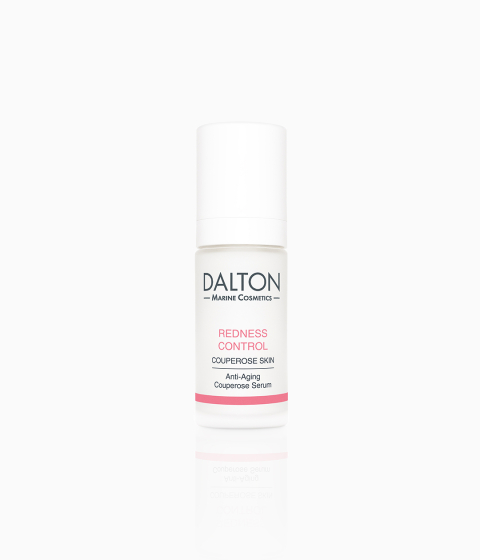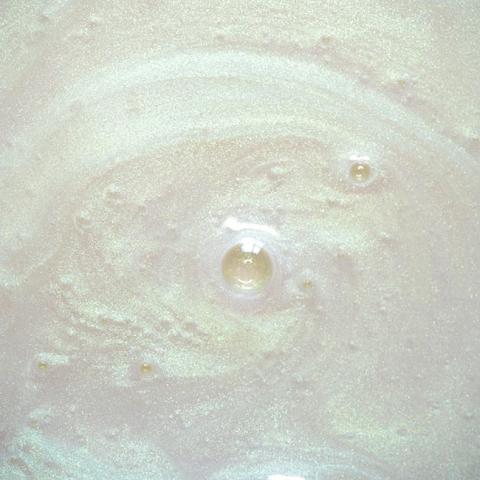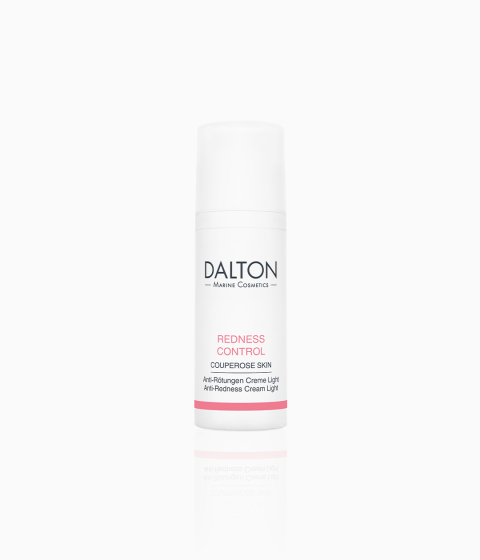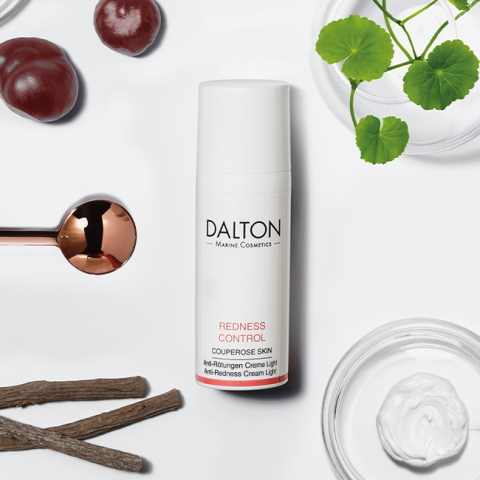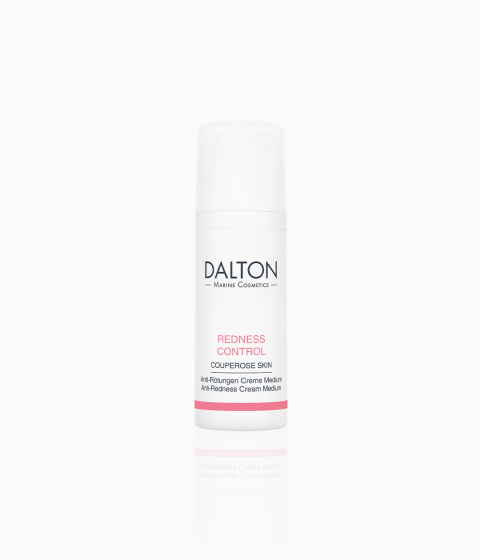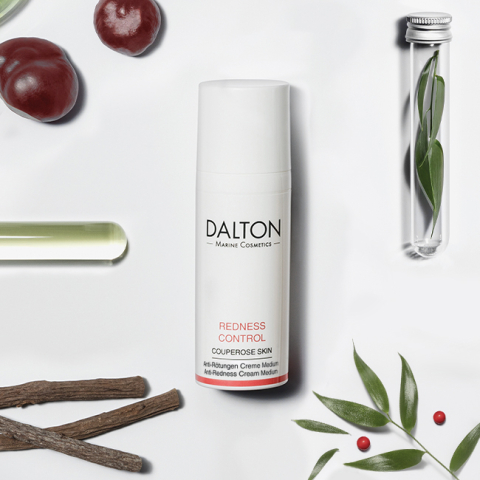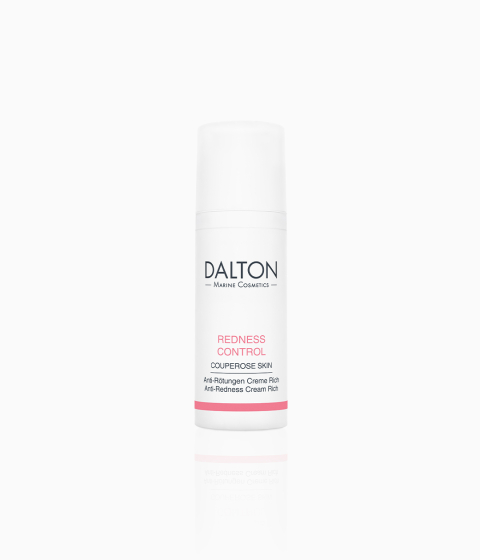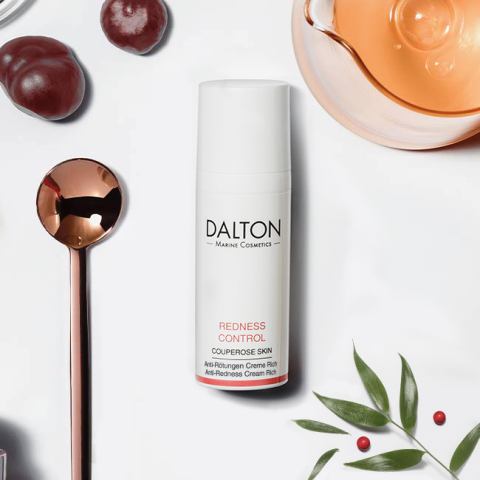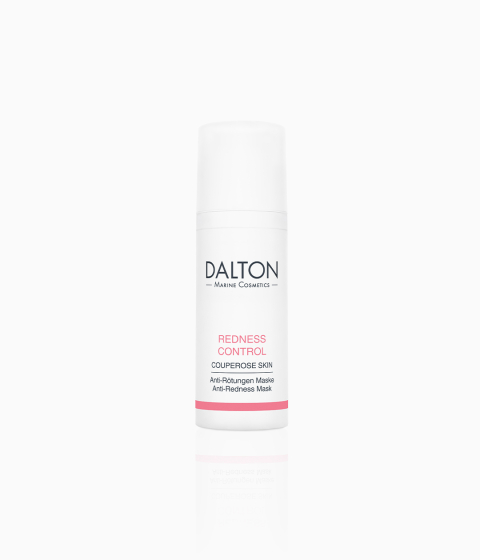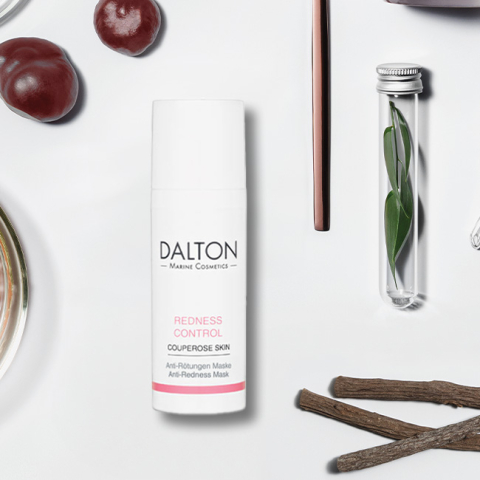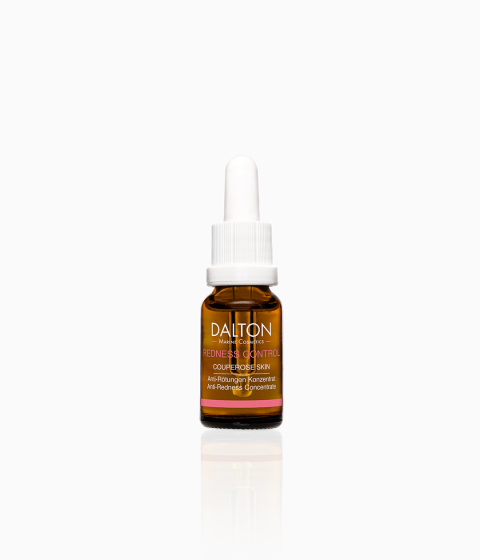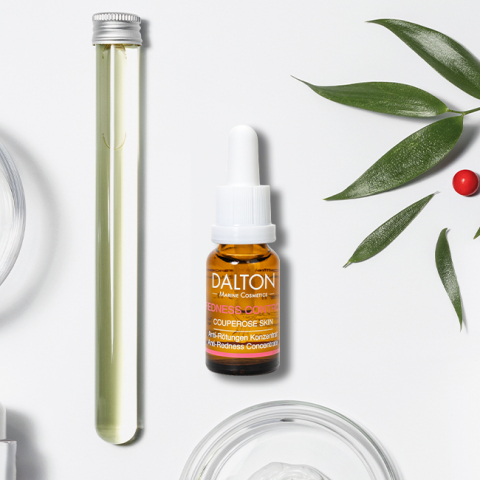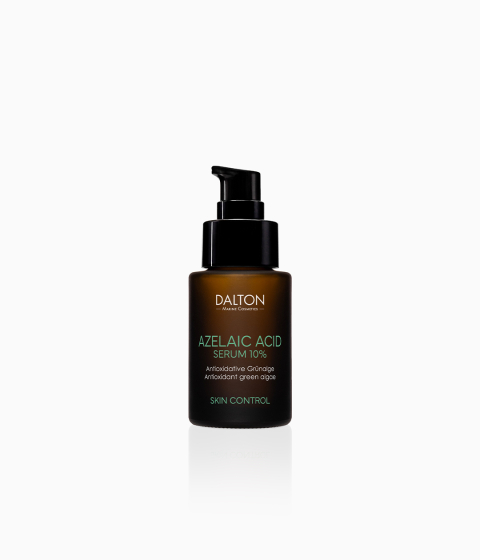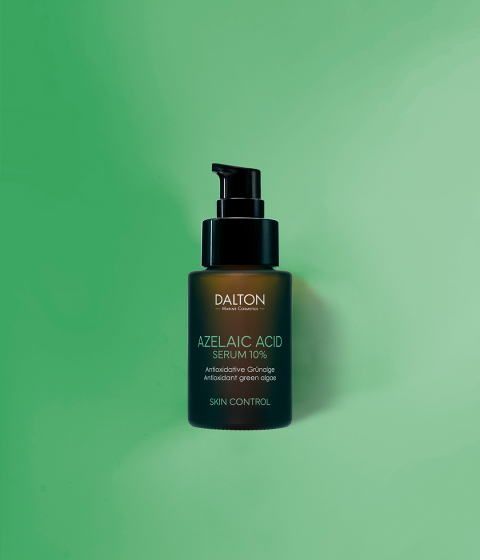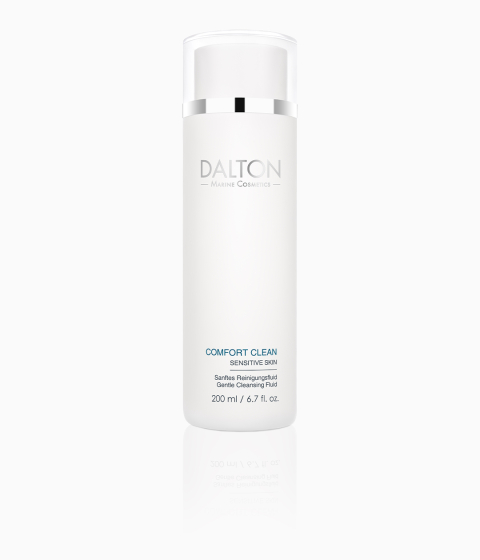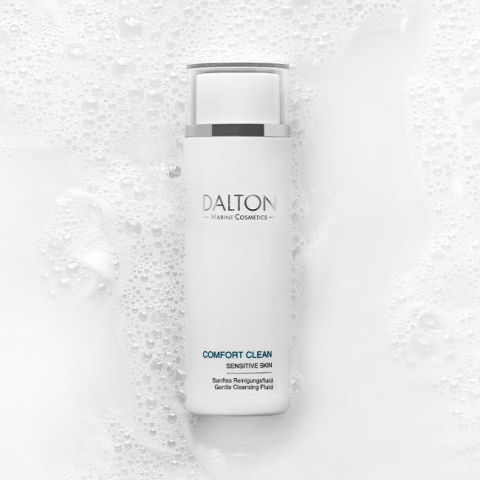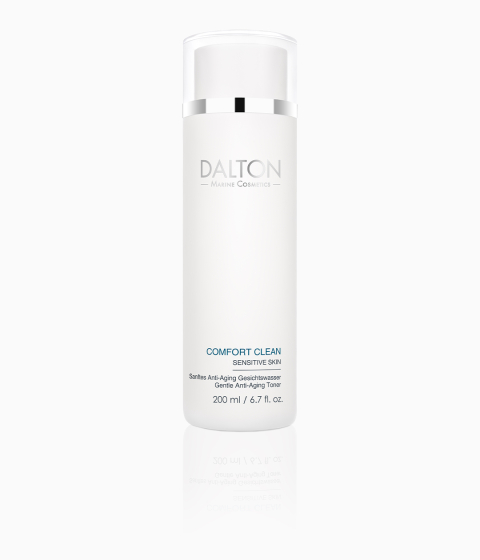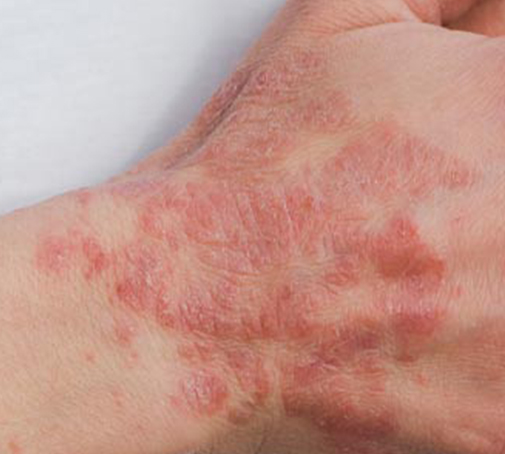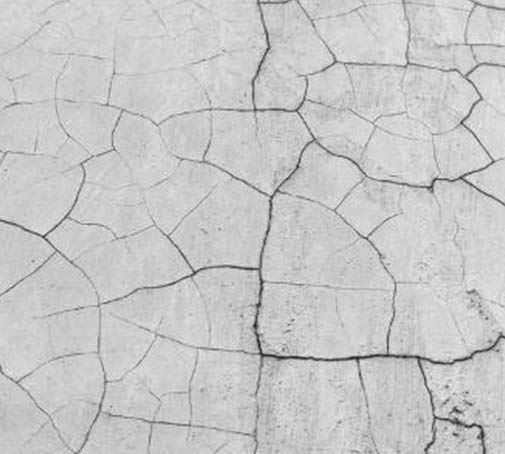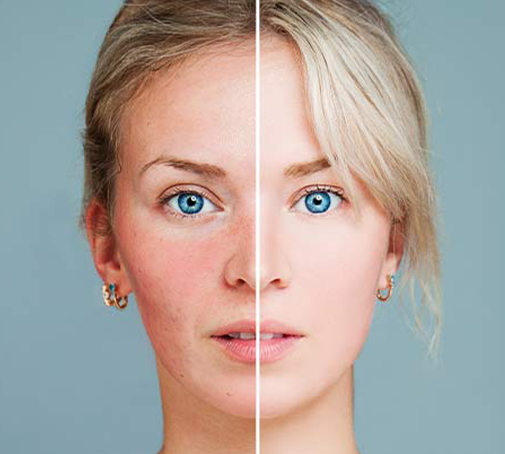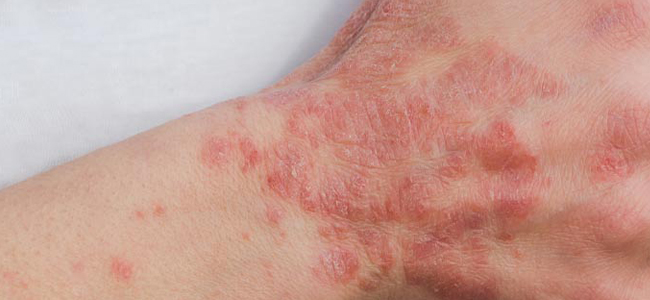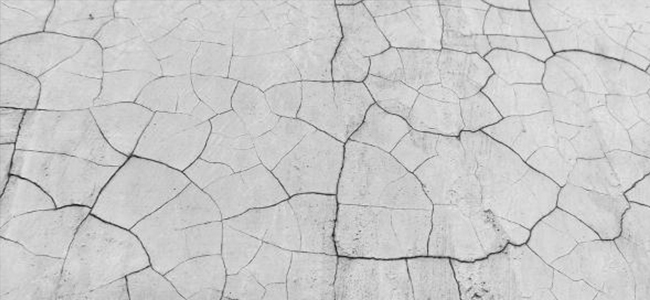

Couperose
If you have fine red veins showing on the cheeks and the nose, the most likely cause is couperose. We will explain to you how it develops and what you can do about it!
What is couperose?
How can you distinguish couperose from other conditions leading to facial redness? Couperose, also known as "copper rose", is a genetic condition characterized by dilated blood vessels and redness on the surface of the skin. It often occurs on the cheeks, nose, décolleté and sometimes also on the forehead and chin. In addition to these spider veins, the skin is also very sensitive and dry. But don’t worry, couperose is typically just a cosmetic concern and not a threat to your health. It can well be treated and managed with the right skincare products. In some cases, however, it can also turn into rosacea, a more serious skin condition.
What causes couperose?
It is usually caused by a hereditary weak connective tissue, which leads to dilated blood vessels and visible broken capillaries. Natural skin aging can also lead to couperose or exacerbate existing redness on the face. Since the skin becomes thinner and more fragile with age, the redness becomes more pronounced and blood vessels more visible. However, external factors can also promote couperose:




- Smoking and excessive consumption of alcohol and caffeine
- Spicy foods
- Extreme fluctuations of temperature (e.g. sauna)
- Stress
- Sun exposure and UV radiation
Side fact: Did you know that every third woman over 30 is prone to facial redness and couperose due to a genetic or acquired vascular weakness?
What is the difference between couperose and rosacea?
Rosacea is a chronic, non-contagious inflammation of the skin. Couperose can be an early stage of rosacea, but does not necessarily have to be. Here are the differences at a glance:
Couperose
• Slight, temporary redness on the nose and cheeks
• Fine, visible veins on the face
• Sensitive and dry skin
Rosacea
• Severe facial redness
• Sebaceous growths
• Papules and pustules
• Bulbous nose (rhinophyma)
• Extreme dryness of the eyes
• Itching and burning
• Hot flushing of the skin after eating spicy foods, caffeine or alcohol
If you suspect that you are suffering from rosacea, you should consult a dermatologist and discuss suitable treatment. You can find more information and advice in our magazine article on rosacea.
Suitable skincare
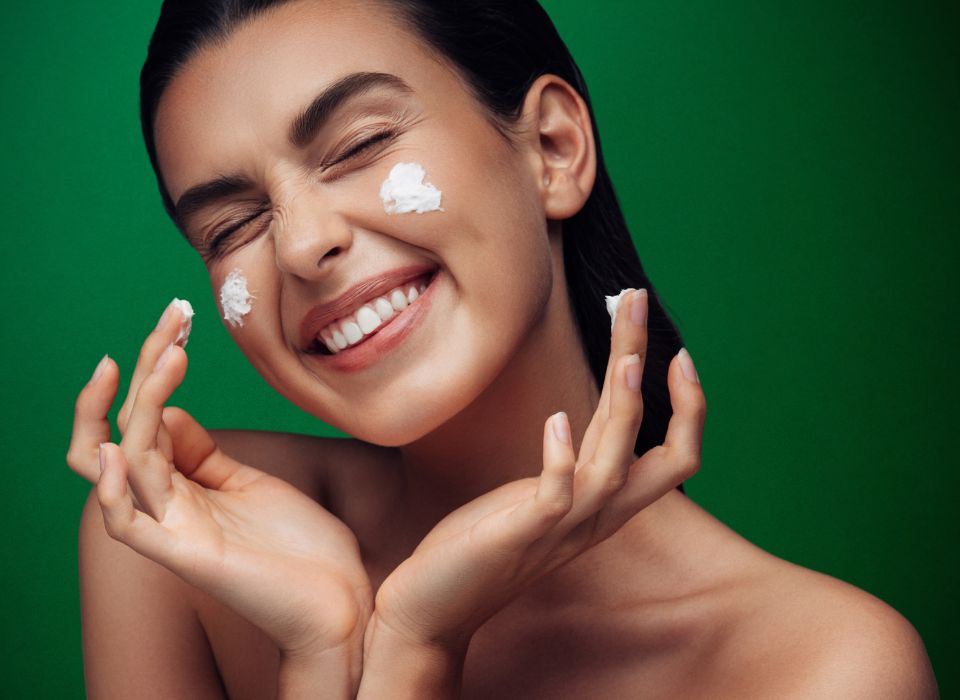



You can treat couperose relatively easily yourself with the right skincare. In general, you should make sure not to irritate the sensitive areas of couperose skin too much.
We recommend starting with a gentle cleansing fluid and a soothing toner to prepare the skin for the next steps of your routine and receive maximum benefits from active ingredients.
You can follow up with a few drops of the Anti-Redness Concentrate on affected areas. It strengthens the skin and has been proven to reduce redness and visible red veins. The next step is to apply a serum to the face. Our Anti-Aging Couperose Serum is a perfect choice. It contains green shimmering pigments to even out redness and leave a soft focus effect. It also soothes and hydrates the skin.
We recommend finishing your routine with a face cream from the REDNESS CONTROL collection. You can choose between the rich, medium and light version, depending on how lipid-rich you want the cream to be. The anti-couperose creams stabilize the skin, reduce facial redness and promote healing.
You can use the 10% Azelaic Acid Serum as an optional add-on to your skincare routine. The serum has antibacterial and anti-inflammatory properties, reduces redness and improves the skin’s appearance in the long term.
Important: Don’t forget about sun protection. As mentioned above, UV light can promote and exacerbate couperose. Apply a generous amount of sunscreen as the last step of your routine.
Tip: You can also add a face mask 1-2 times a week. Our Anti-Redness Mask with healing chalk soothes irritated skin and strengthens the connective tissue. You can find more information about our skincare collection designed specifically for skin prone to couperose and rosacea here: REDNESS CONTROL collection overview.
Professional couperose treatments
In addition to following a good routine at home, consider booking a professional treatment at your local beauty salon or aesthetician’s office. Special treatments, such as an Aqua Facial treatment can have a very positive effect on the appearance of your skin.


Beauty editor
SIMILAR POSTS
You Might Also Like

